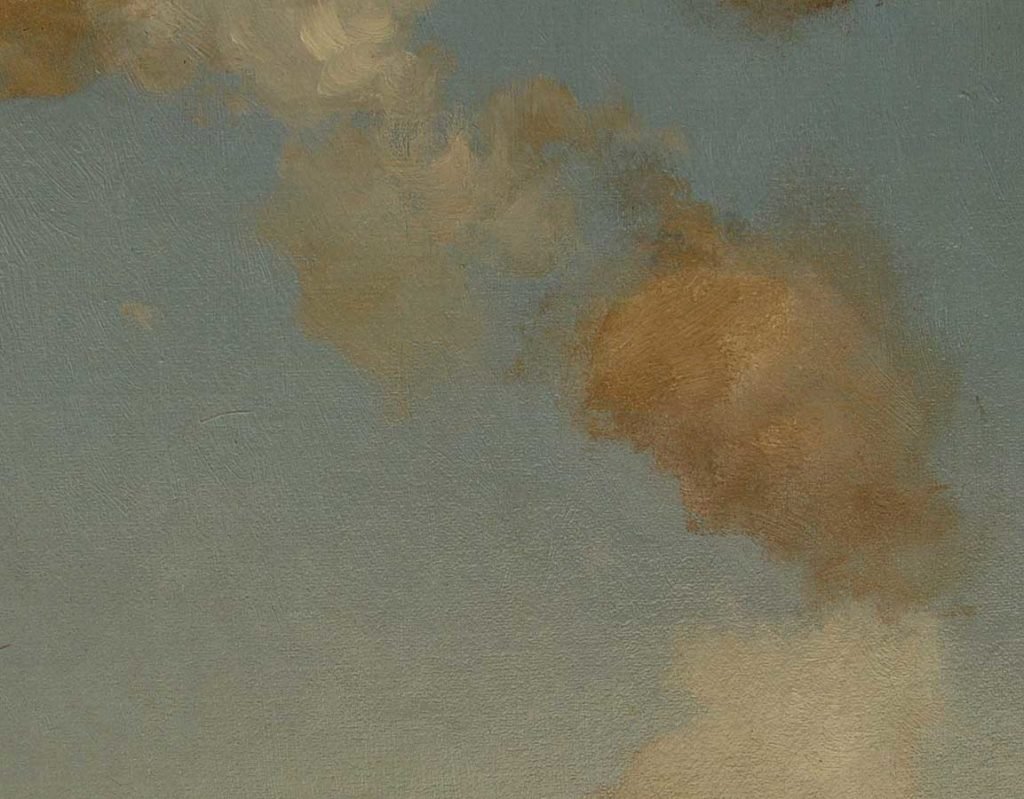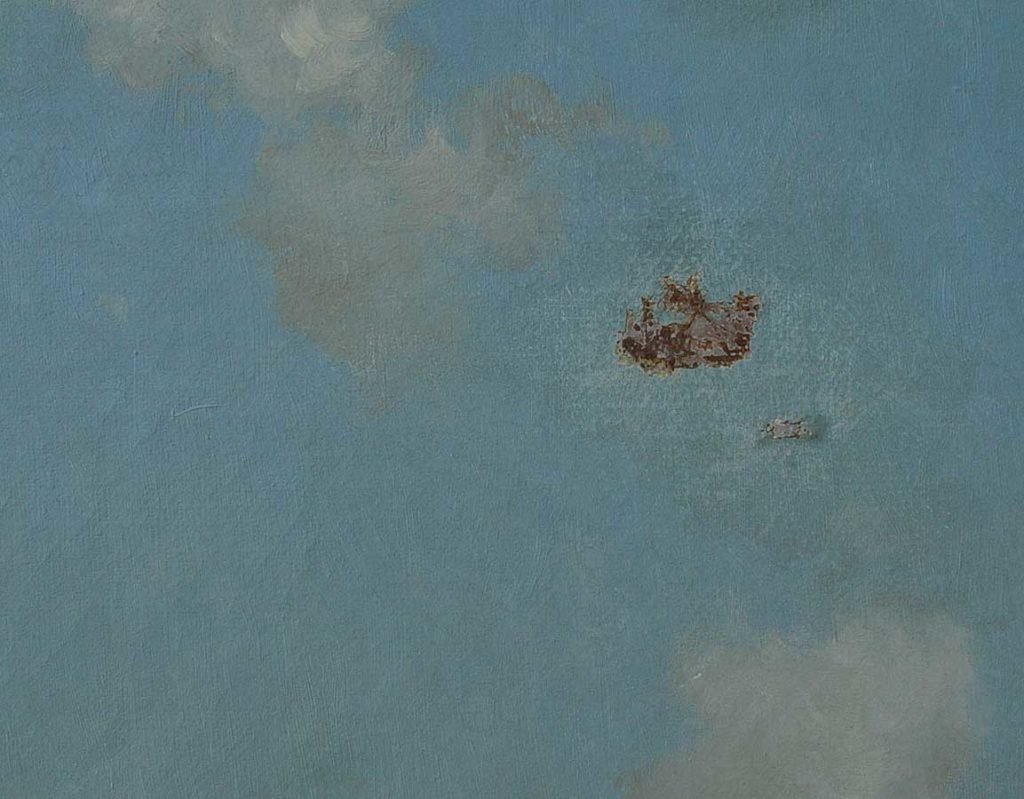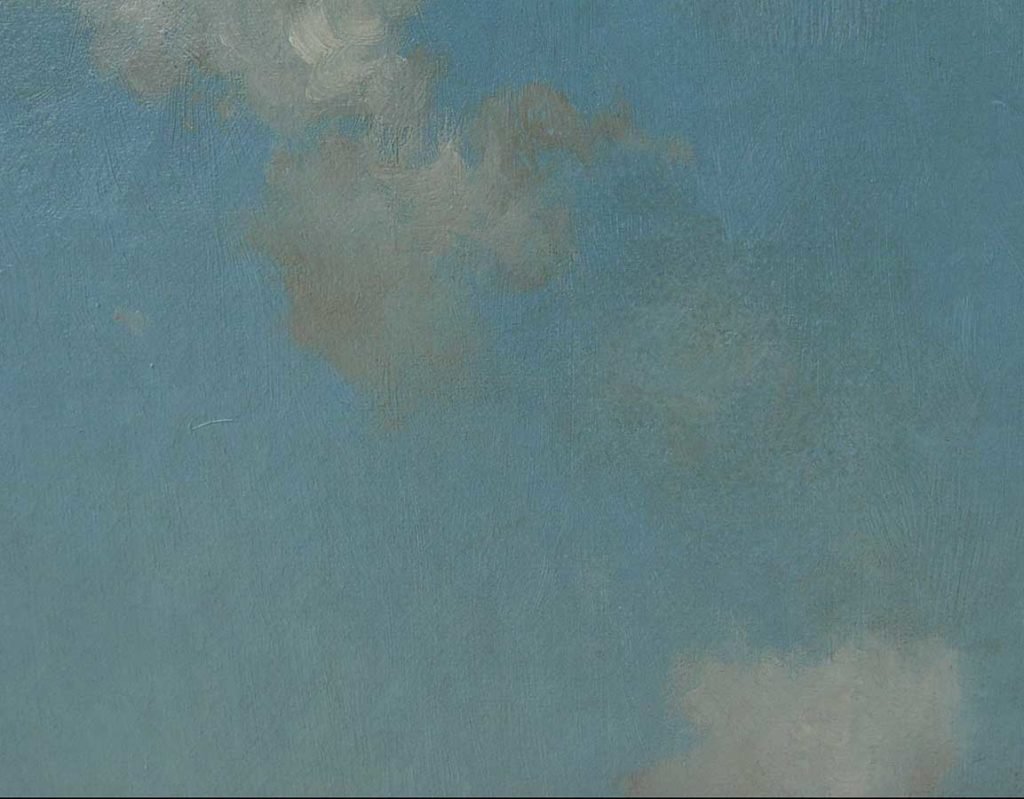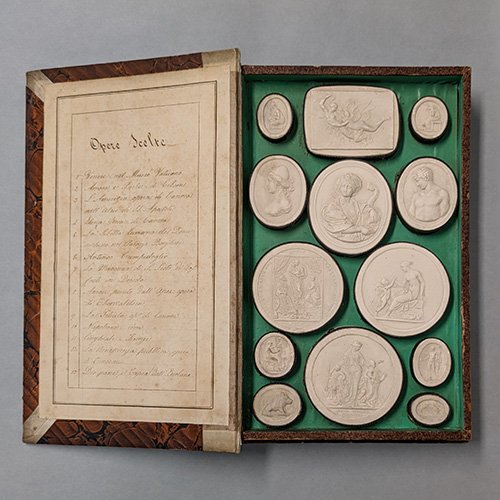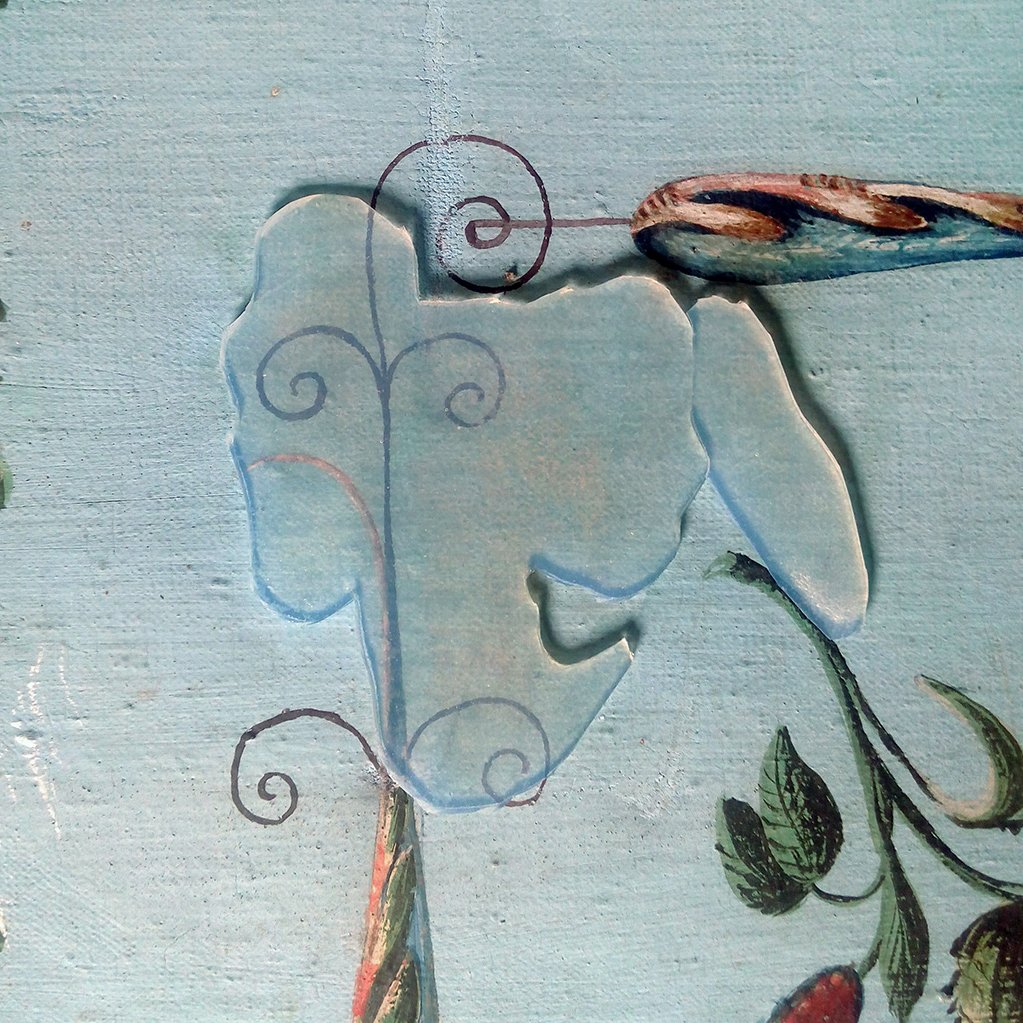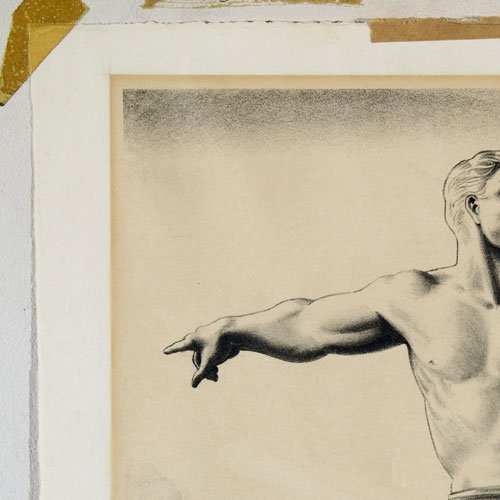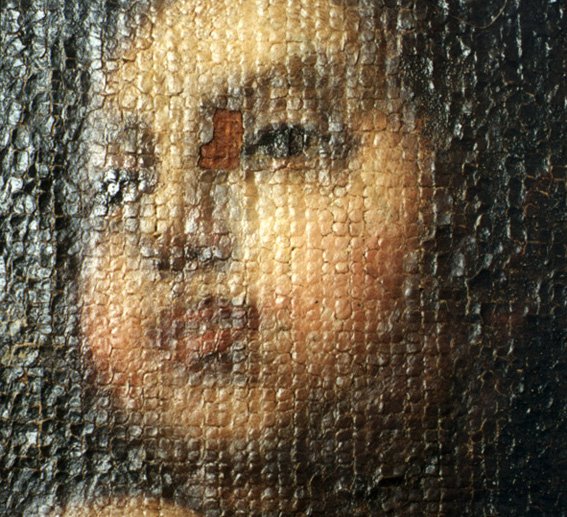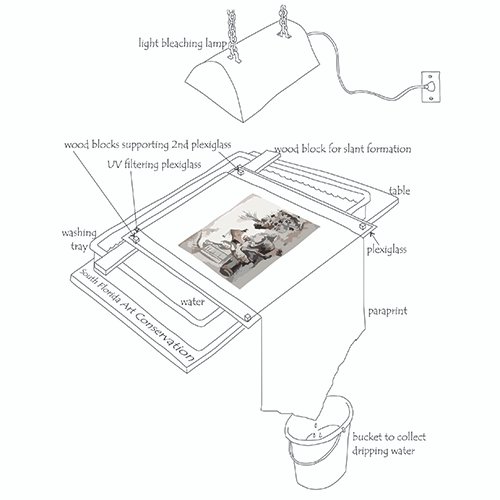Inpainting, retouching and over-painting are terms commonly used in the conservation – restoration field. On occasion they are used interchangeably, but there are subtle differences that I would like to clarify for the general public.
Inpainting
Inpainting defines the work done by a conservator-restorer to reinstate obliterated or damaged areas in a pictorial layer, in a way that blends with the surrounding colors but without covering any of the original paint.
Retouching
Retouching, originally referred to corrections or changes made by an artist in his or her own artwork as final adjustments, in order to conclude a painting. Currently, the term has, to some extent, changed its meaning, becoming in some instances, a synonym for inpainting.
Over-painting
Over-painting alludes to retouches that covered broad areas of the original painting without any reason other than either the ineptness or the lack of skills of the restorer.
The images below illustrate the difference between over-painting and inpainting. In the first image, the dark, yellow clouds in the sky of the painting did not relate well to the soft, semi-translucent clouds in the surrounding areas. A thorough examination of the painting using different illumination techniques (UV and IR), revealed that the noted clouds were concealing some damage present in the pictorial layer. Since the color of the clouds didn’t fit well with the original painting, our approach was to completely remove the over-paint during the cleaning process (as can be seen in the second image) revealing the damage as well as the original paint. The removal of the varnish also exposed a brighter pictorial layer, hence the difference in color between the first and the second picture. Once the damage was completely exposed, we proceeded with the filling and inpainting of the damaged area without covering any of the original painting, achieving the results shown in the third picture.
